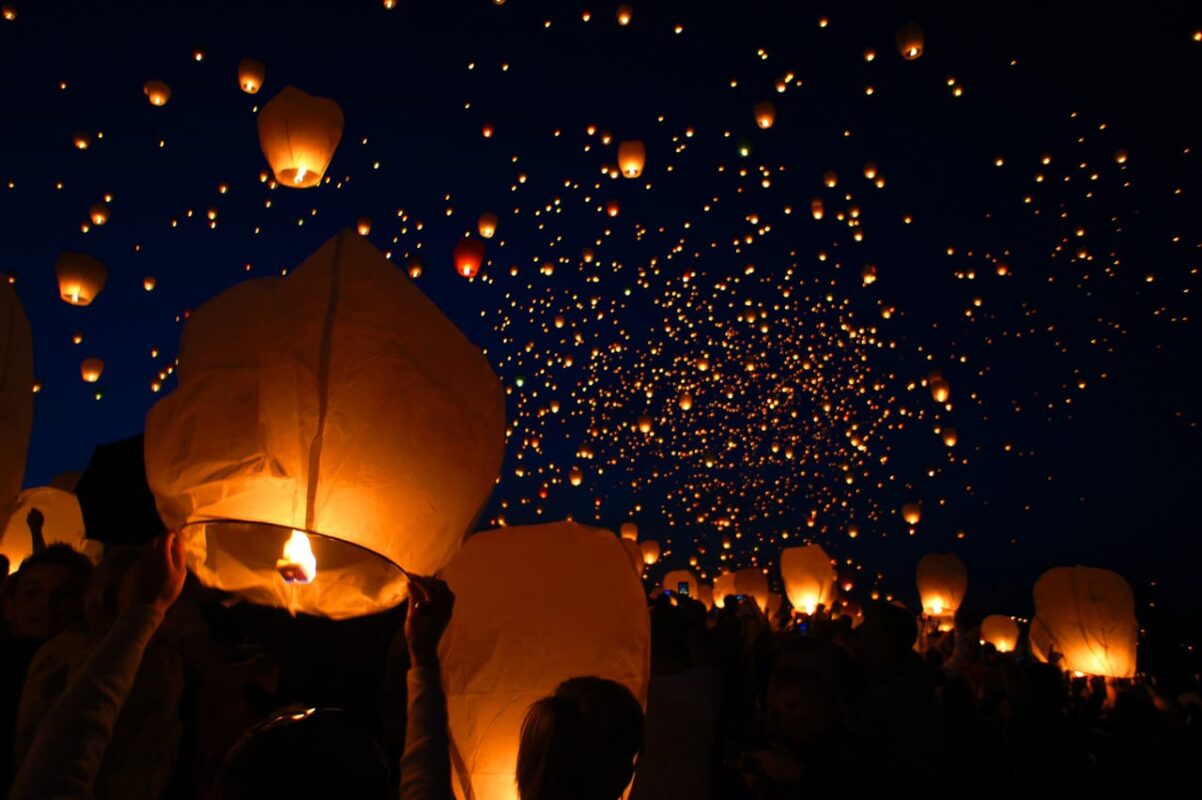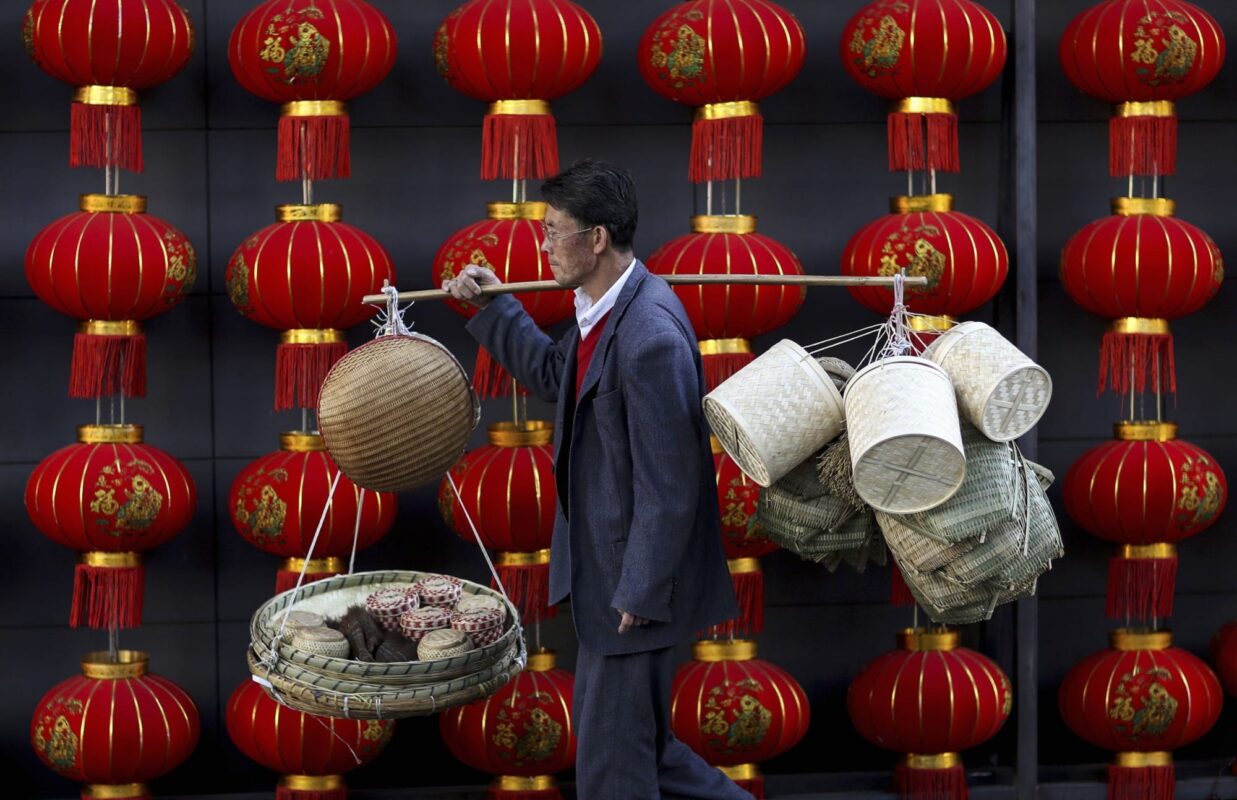China celebrates the New Year almost a month later than most countries. It is well worth the wait, as the celebrations, including spectacular parades and colourful fireworks, last for fifteen days, not only in China but amongst Chinese communities across the world. According to the ancient lunar calendar and the Chinese zodiac of the twelve animals, China's 2017 starts on Saturday, the 28th of January – the year of the rooster.
Why are the Chinese crazy for the New Year?
The festival is rooted in legendary elements dating back thousands of years. The legend says there once was a scary monster called Nian which looked like a long snake. It lived in the deep sea all year long but on every first day of the year, it came out from the sea to scare village people and eat them. One day an old man with white hair and a white beard, dressed in white clothes arrived in the village and told the inhabitants to cover their doors with red paper, to burn a bamboo tree, to make loud cracking noises, to light candles in their houses and very importantly, to wear red clothes in order to protect themselves from the monster. Since then, people would come back to the village to find it surprisingly intact, and lived peacefully for the rest of the year. This is the reason that the Chinese term “Guo Nian” literally means “overcoming the year and the monster Nian”. This habit became a tradition in China and this is why the Chinese are crazy for firecrackers and fireworks, not to mention the colour red which brings fortune and protects people from evil.
The New Year is also the period when as many as 1.6 billion Chinese people travel around the world. In Shanghai alone, the railway station opens 250 ticket counters during the festival and people sleep at the station for days and nights to buy the cheapest tickets. Airports are also packed and the number of flights doubles during this time of year.
Enlarge
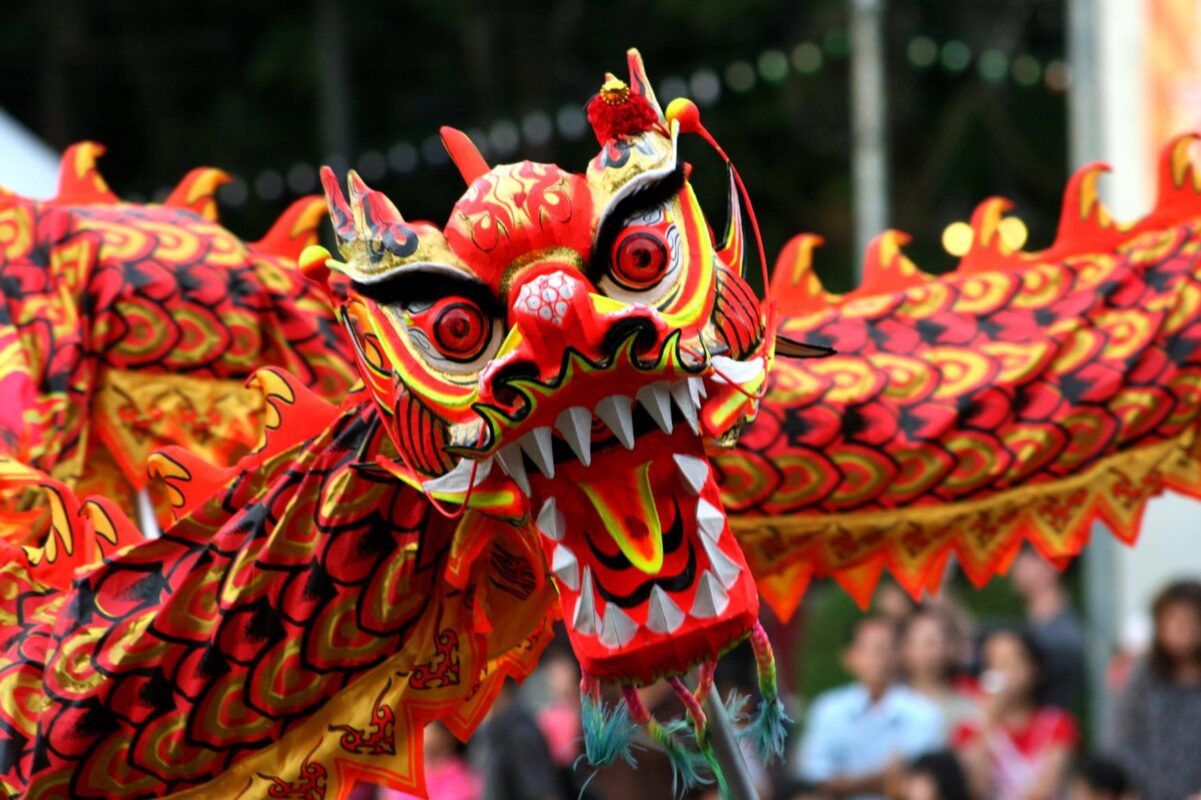
Credit China Files
The government also makes sure that not all factories close at the same time to avoid traffic. Millions of people go back to their home towns to reunite with their families. These hectic movements are known as the Spring Festival Travel Rush, which is believed to be the world's biggest annual migration.
Enlarge
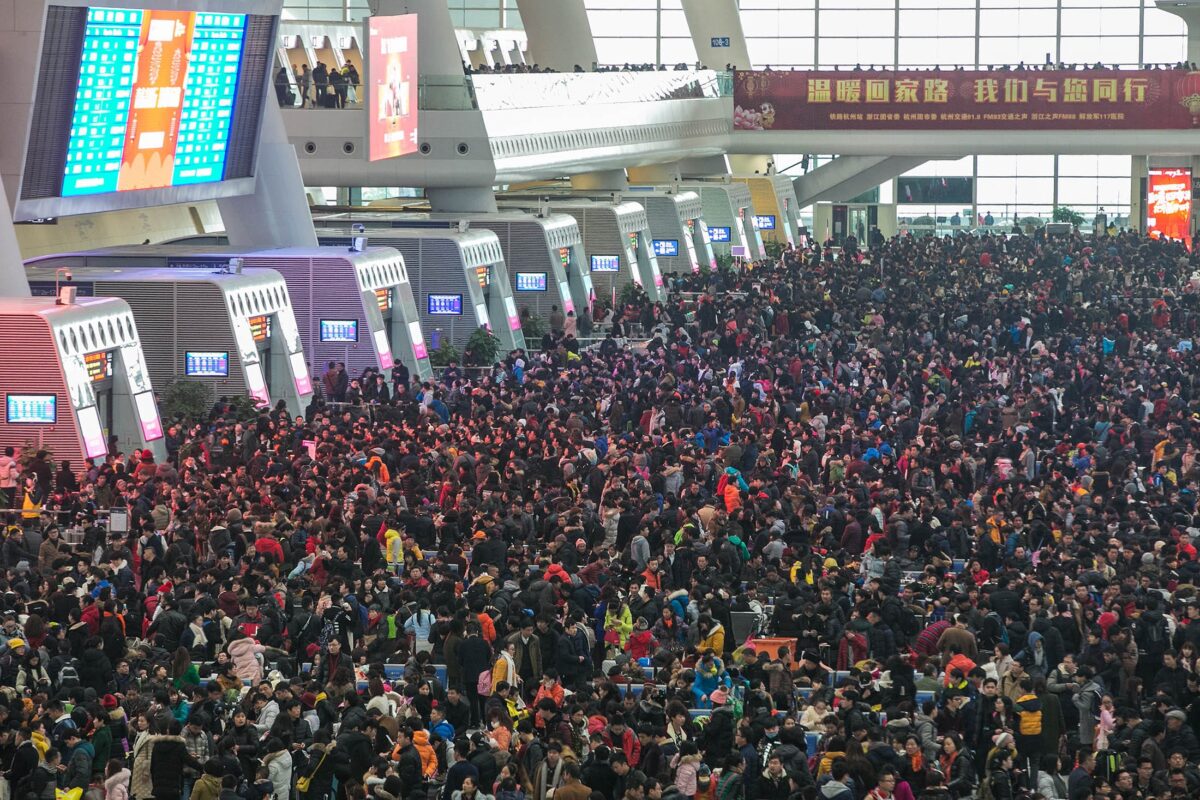
Credit: China CCTV
Enlarge
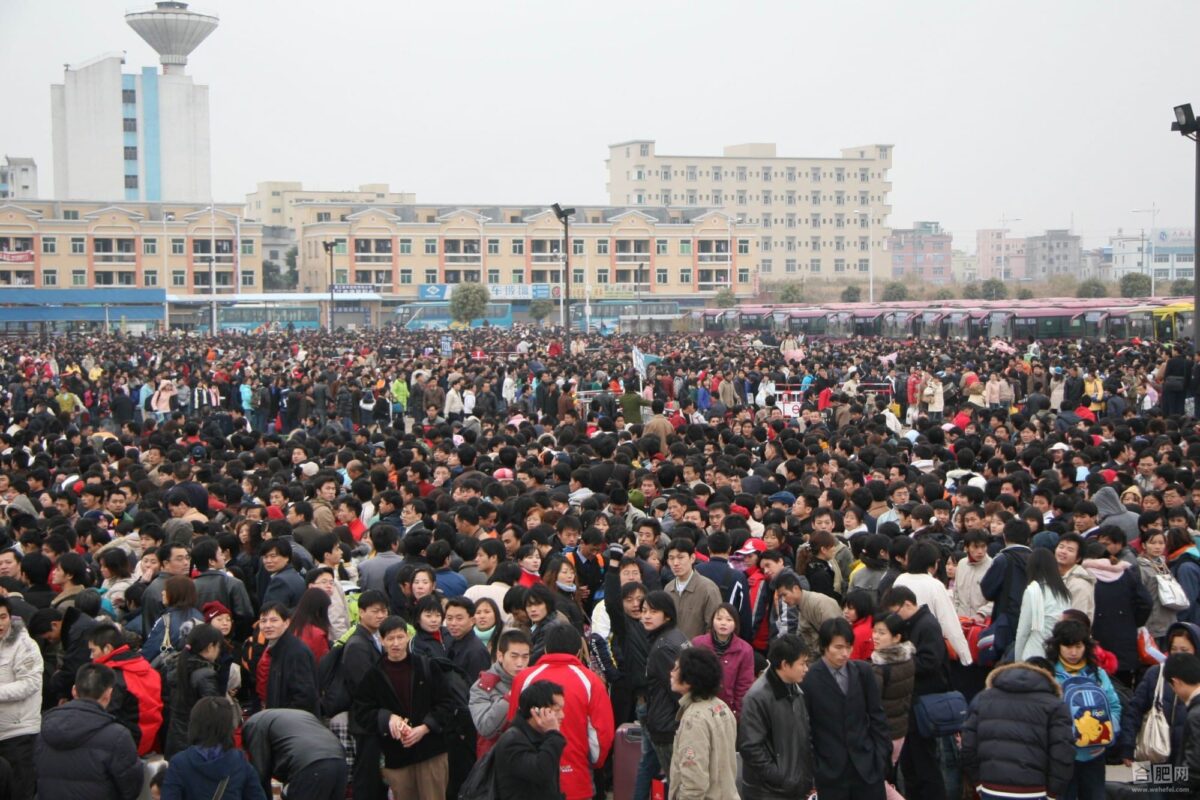
Credit: CCTV Files
Day by day celebrations
The celebrations, lasting fifteen days, are on a very tight schedule, which each Chinese family respects and follows. The celebration traditionally starts on the eve of the New Year and ends with the Lantern Festival on the fifteenth day:
New Year's eve: Family reunion dinner
Families are reunited for this occasion. Workers return to their hometown, in some case only during this period to bring back gifts and money. The happiest moment arrives when the oldest member of the family gives the children red envelopes which contain some money in certain numbers that reflect fortune. After the children finish putting up “Happiness” posters on the door, families close the front door until the next morning when the God of Fortune should arrive. If you're in Shanghai, don't miss the fireworks parade on the Bund.
Day 1: Get rid of evil spirits before going out
Families first set off firecrackers before they go out to fend off evil spirits. Many people do not eat meat on the first day, as they believe the habit will enhance longevity.
Day 2: Visiting friends and relatives
Known as the beginning of the year, it is the day for everyone to offer sacrifices to the God of Fortune, as the god can give everyone great fortune in the coming year.
Day 3: Staying at home
It is known as “the day of red mouth” and is considered as an unfortunate day to socialize or visit relatives and friends. “The red mouth” easily causes quarrels and fights.
Day 4: The day of Goat or Sheep: worshiping gods
On the contrary, the fourth day is an auspicious day. It is commonly called the Day of Goat, as the animal is a symbol of good luck. Many business dinners are also organised to ensure prosperity.
Day 5: Festival of “Po Wu”: breaking taboos
Commonly known as the Festival of Po Wu, it is the day to break as many taboos as possible. The more taboos you break, the more attention you get from the God's fortune. People also traditionally eat gold-metal shaped dumplings.
Day 6: The day of Horse
It is a day to send away the ghost of poverty.
Day 7: The day of Human
The Goddess NuWa created human beings on the seventh day according to Chinese mythology. To celebrate the birthday of ordinary men, in other words animals, people eat vegetables and fish.
Day 8: The birthday of Millet
It is the birthday of Millet, one of the most important crops in the ancient China, If this day is bright and clear, the whole rest of the year should be fertile.
Day 9: The birthday of the Jade Emperor, the supreme Deity of Taoism
The Jade Emperor is considered to be the Supreme Deity of Taoism. The legend says all the deities of heaven and earth will celebrate this day. People go out to see grand ceremonies that are organised in Taoist temples.
Day: The God of the Stone's birthday.
On this day, it is forbidden to move any kind of stones, including rollers, mills and mortars, as people believe bad things will happen to the crops. Families burn incense and candles for the stones and offer a pancake to the God.
Day 11: Fathers-in-law to entertain sons-in-law
The eleventh day of the Chinese New Year is for fathers-in-law to entertain sons-in-law. There is usually a lot of food left over from the previous celebration of the Jade Emperor so the left-over food is served to entertain the sons-in law.
Day 12: Preparation for the lantern festival
People prepare for the last day's lantern festival, buying lanterns and building the shack.
Day 13: The prologue of the lantern show
Riddles are written on the lanterns for people to guess. This day embraces the happy atmosphere of the festival.
Day 14: The preview of the lantern festival
The lantern fair is officially open for citizens to buy lanterns. You have a chance to see practice sessions of performances like dragon dancing and lion dancing. Families prepare rice-glued balls and candles to use the next day.
Day 15: The celebration of the lantern festival
As some of you may have seen in Michael Cimino's movie Year of Dragon , the spectacular lantern festival marks the highlight of the New Year's celebrations. From early in the morning, dragon parades and lion dancing are performed on the street and everyone is out to celebrate. In the evening, people light up many colorful lanterns and go out together to enjoy the glorious full moon. The festival also gives young people the opportunity to get acquainted, so it is also a romantic festival for lovers.

